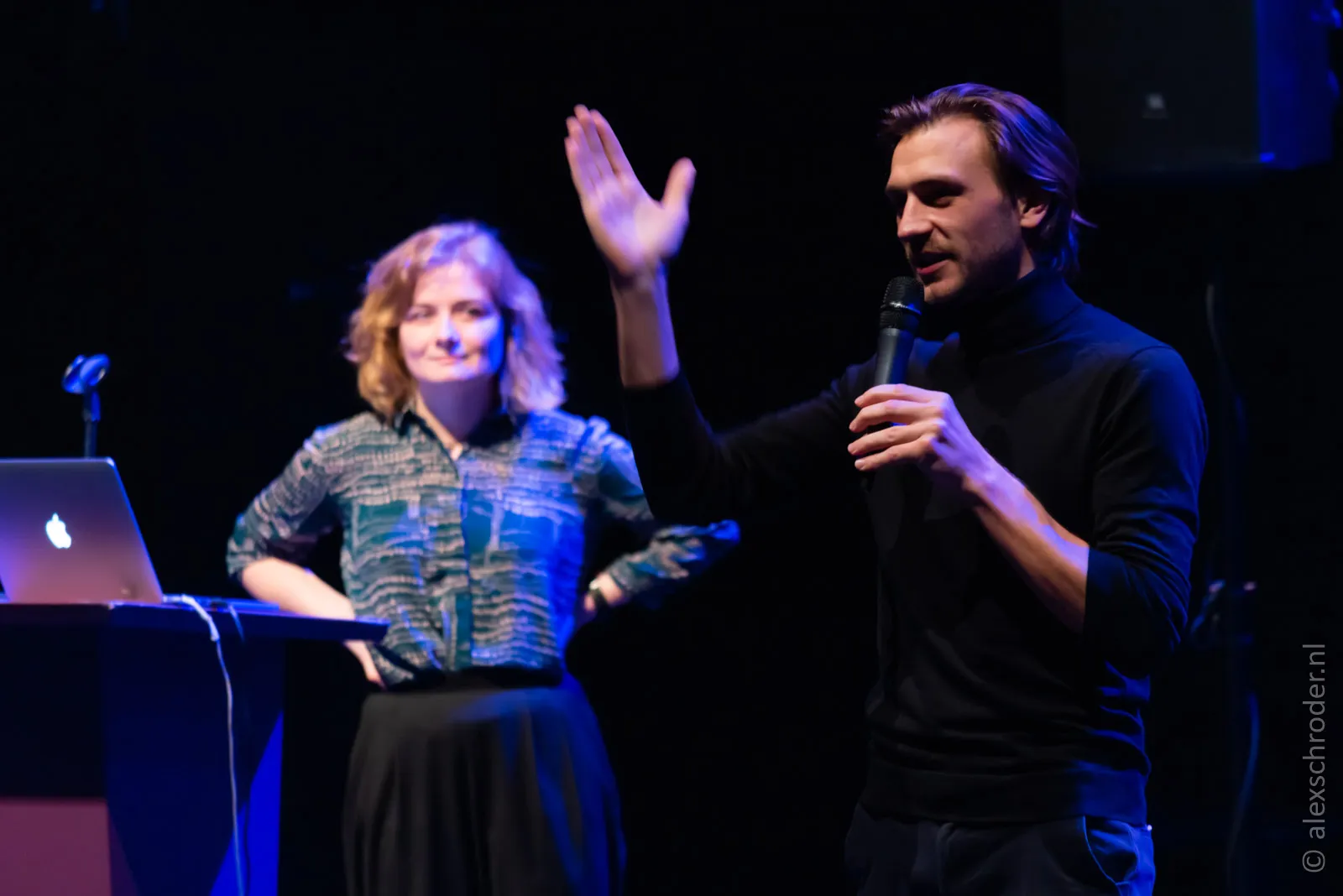

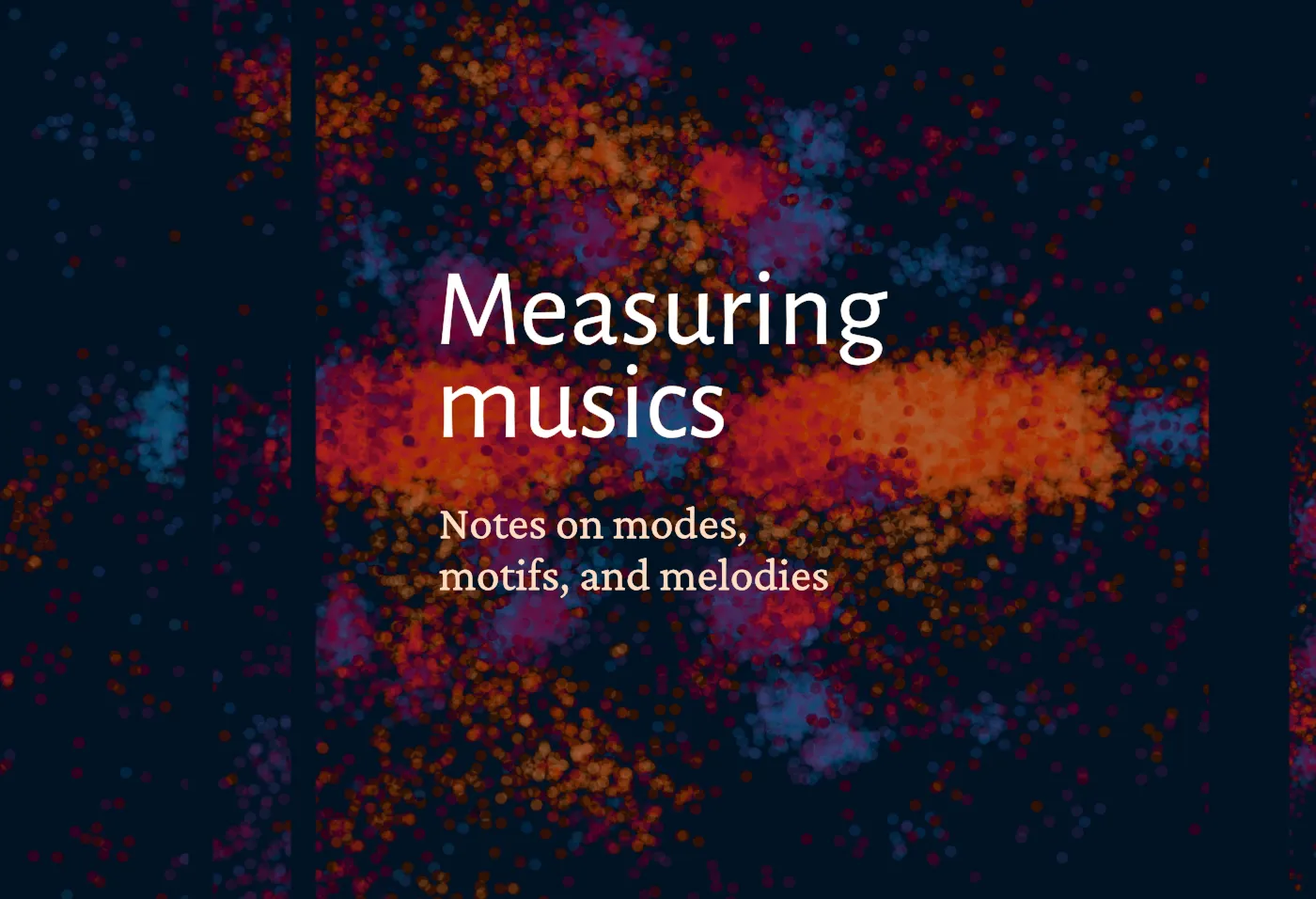
On Friday 23 February 2024 Bas will defend his PhD dissertat…
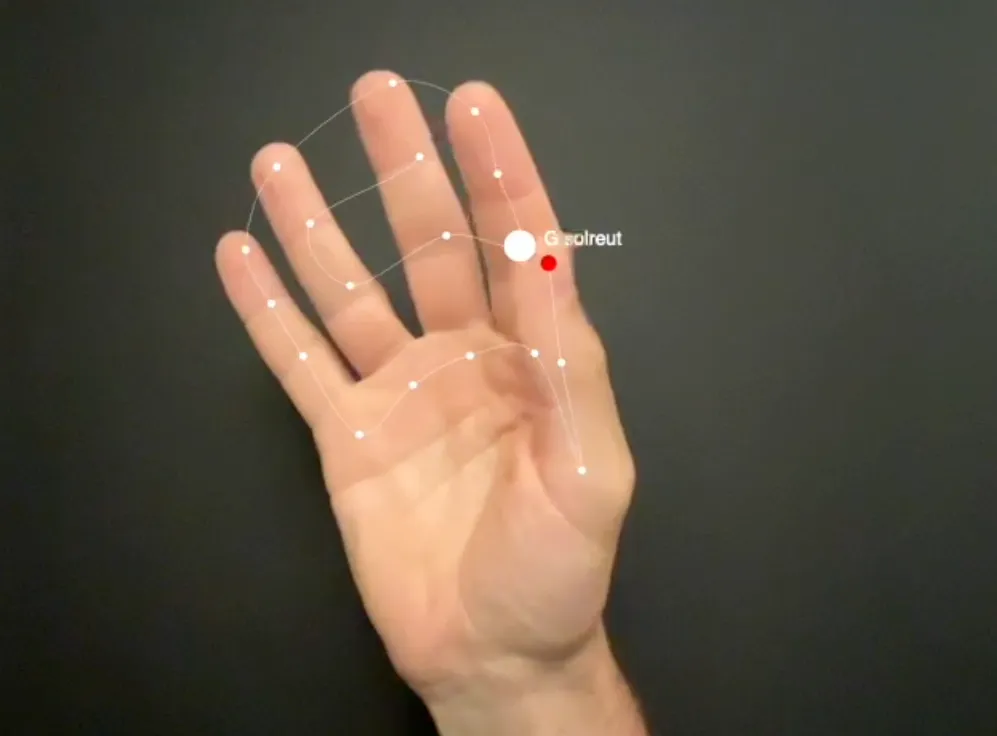
Manual Music is an experiment that tries to turn the hand in…

The Delasol project aims to develop methods for automatic he…

Visualizing the melodic three-note motifs in collection of m…
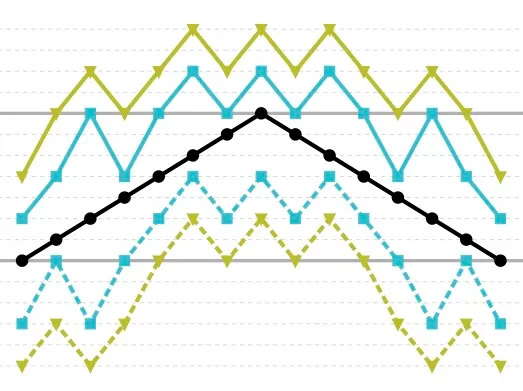
Algorithmic recomposition of compositions by Arvo Pärt.
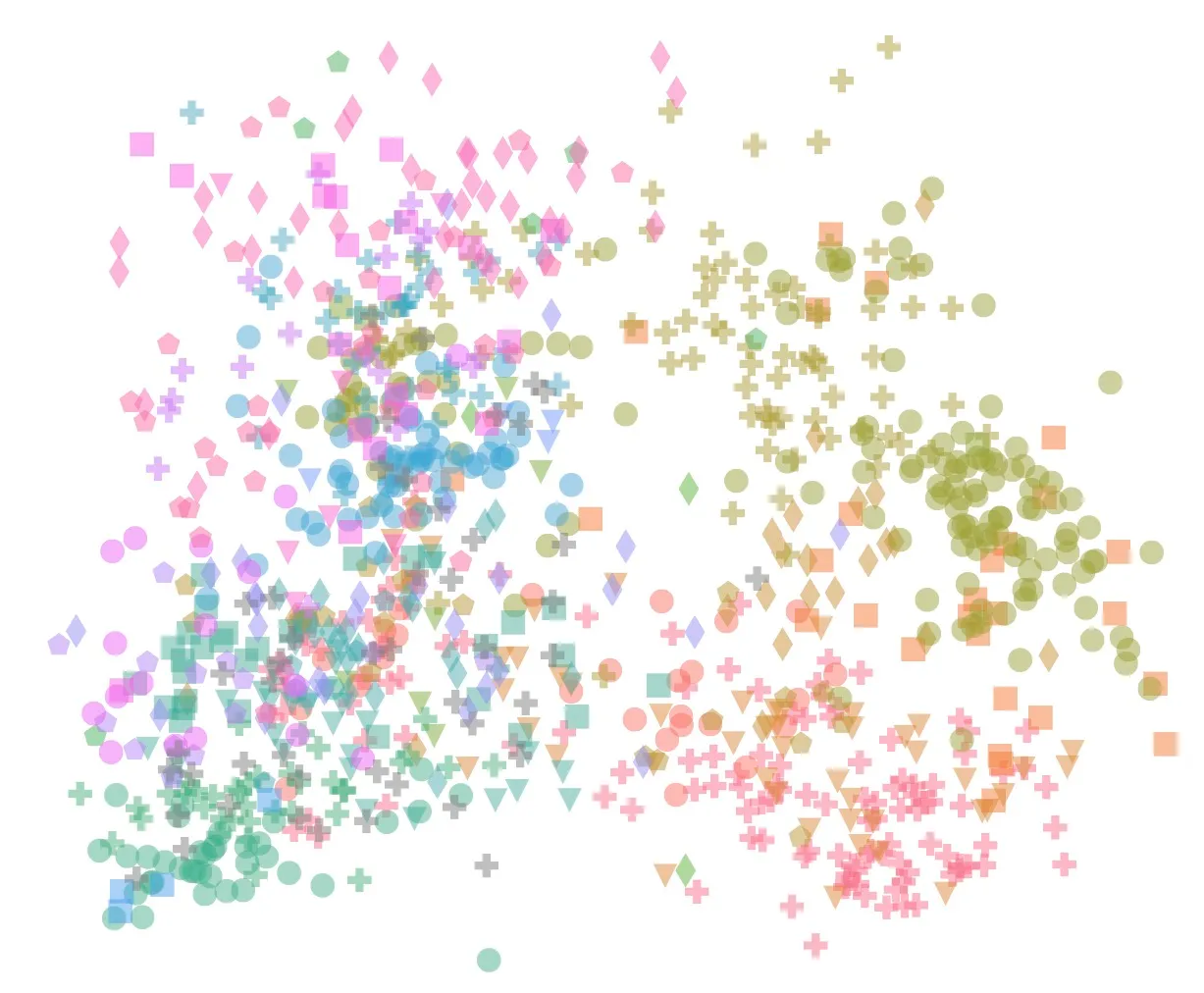
Modelling Gregorian chant with a lstm-based language model. …

How to best describe the shapes of melodic phrases in musics…
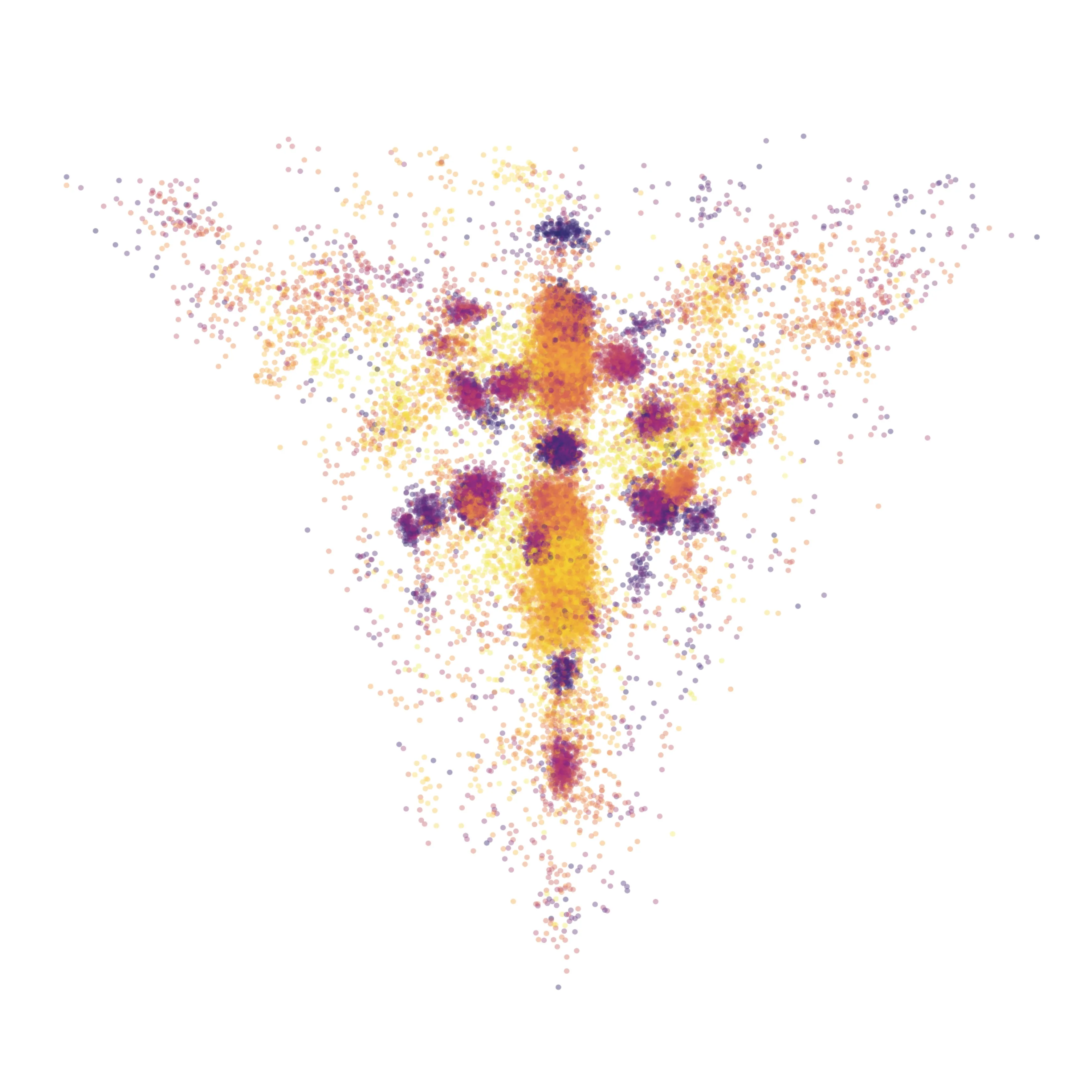
A project to visualize rhythm in music and animal sounds usi…

Chant21 is a Python library for working with plainchant in M…
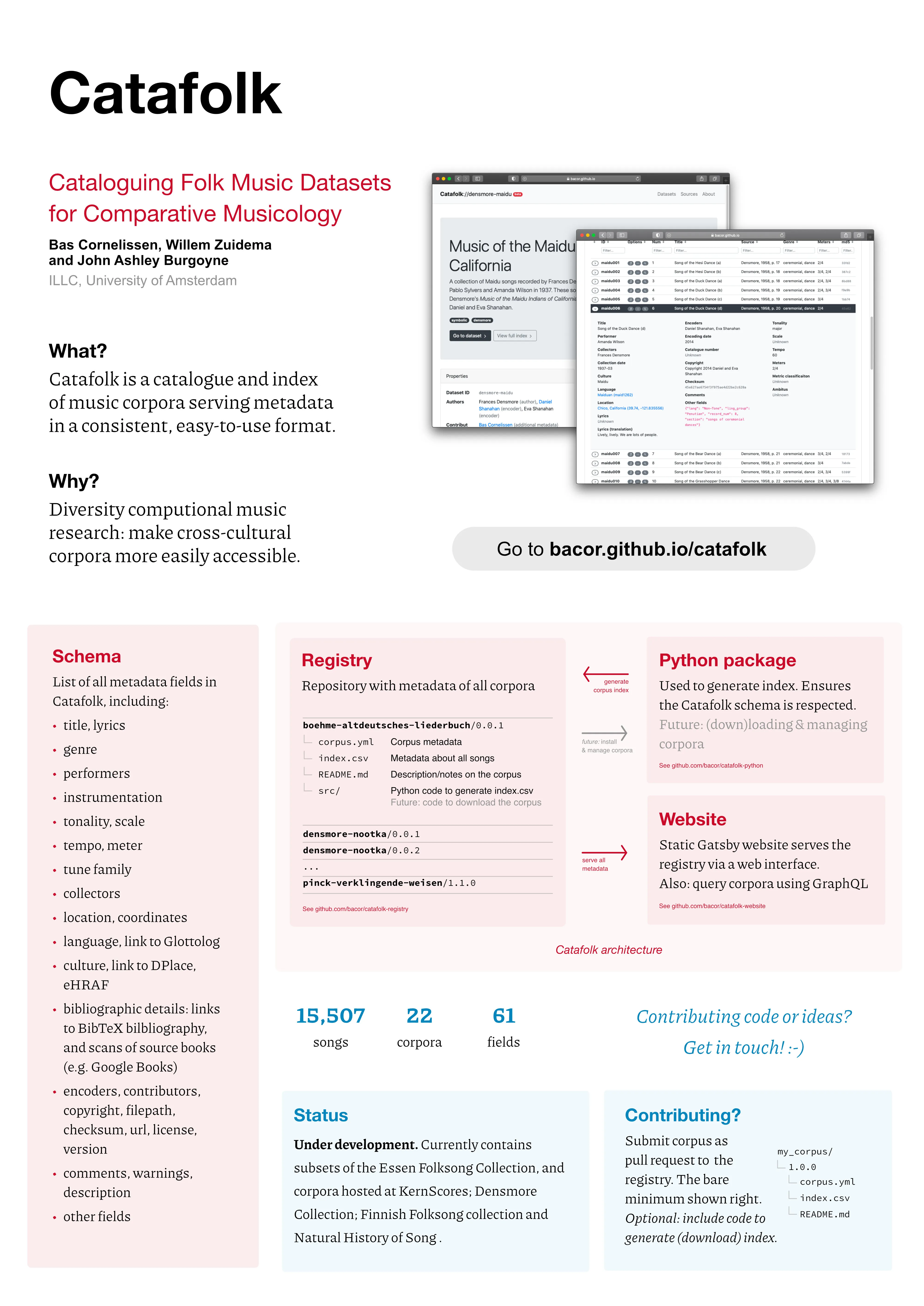
Catafolk automatically indexes and analyzes folk music datas…

Representing shapes of melodies using cosine functions

Is the evolution of music more likely explained by the socia…
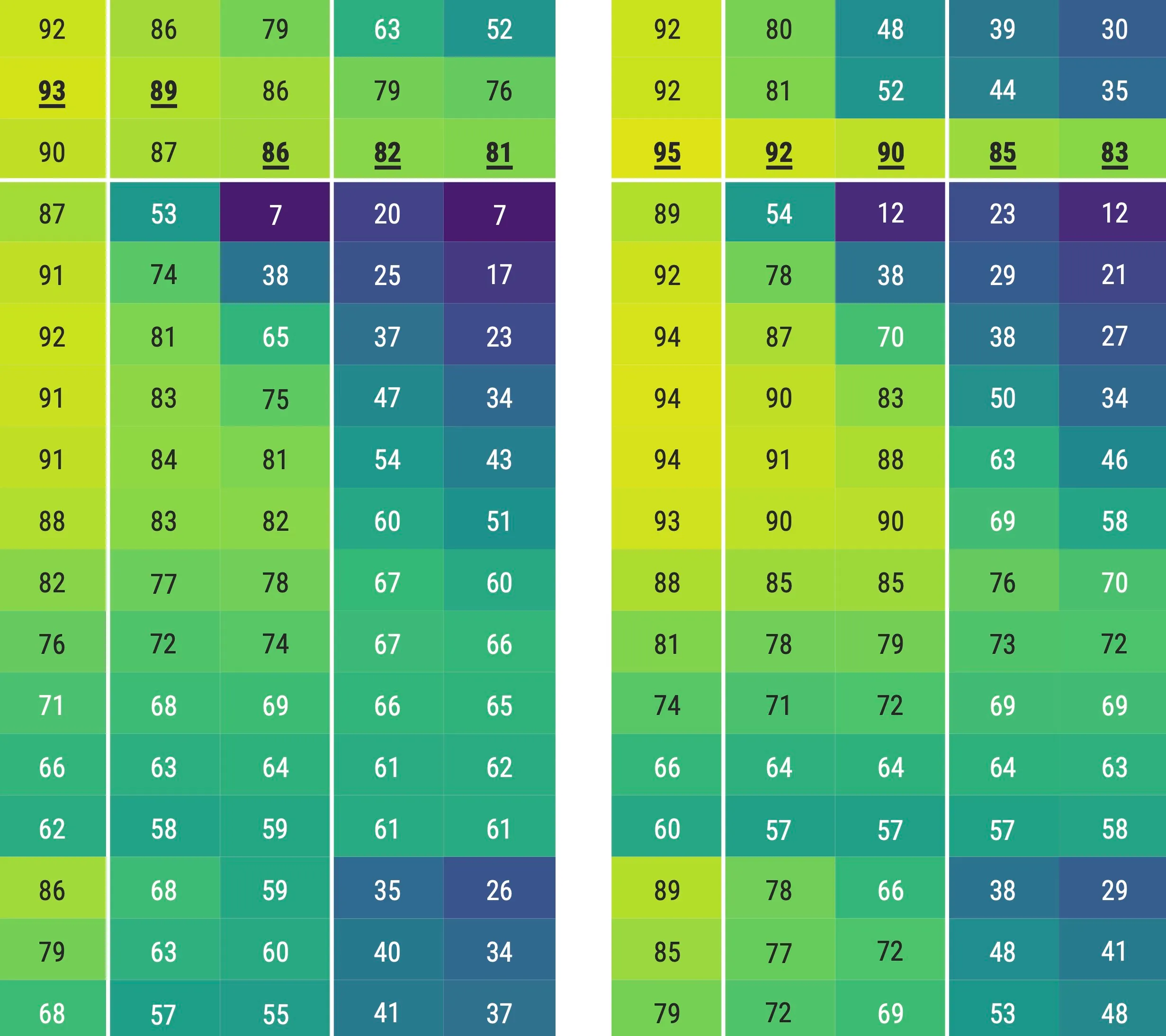
Code and data for our ISMIR2020 paper 'Mode Classification a…
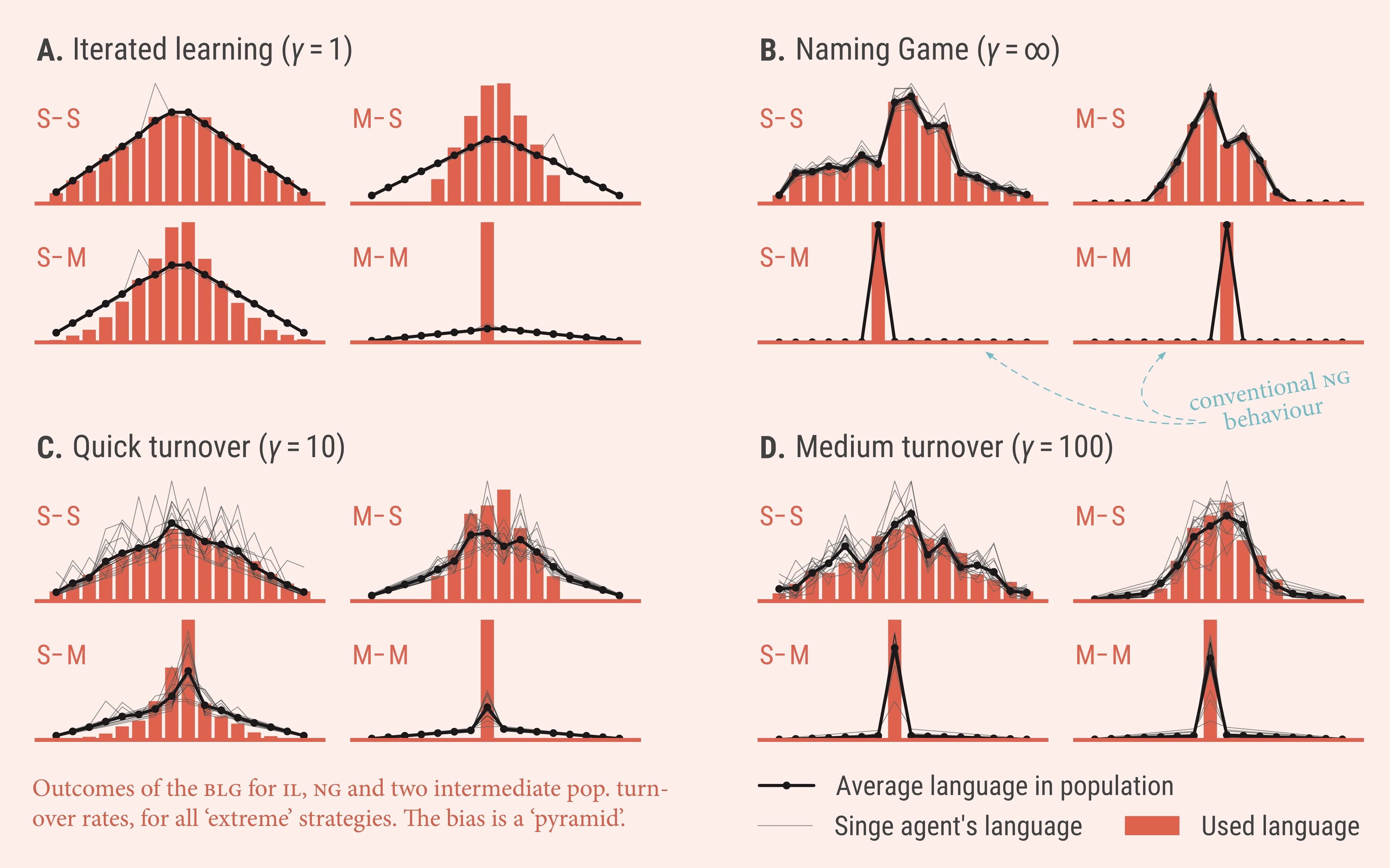
Interpolating between iterated learning and naming games, we…

On Friday 23 February 2024, I defended my doctoral dissertation Measuring musics: Notes on modes, motifs, and melodies. The dissertation consists of several studies that try to measure properties of musical traditions. In the same way linguists have compared languages to work out how they are related, what properties are common, and which are rare, musicologists have compared musical traditions or musics. To do so, you somehow need to measure the properties you are interested in. My dissertation develops computational methods to measure musics. It discusses, amongst others, modes in plainchant, inventories of rhythmic and melodic motifs, and shapes of melodies.
Curious? Read the feature Bruno van Wayenburg wrote for NRC or have a look at the dissertation.
Feature in NRCDownload dissertation (PDF, 27MB)My academic life has been closely connected to the University of Amsterdam, where I did my bachelors (Bèta-gamma) and masters (Logic), both with a major in mathematics. I then went on to do a PhD in computational musicology with Jelle Zuidema, John Ashley Burgoyne and Henkjan Honing at the Institute for Logic, Language and Computation, which I defended in early 2024. Currently, I am a lecturer in cognition and computation at the department of musicology at the Univeristy of Amsterdam, while still affiliated to the Music Cognition Group.
N.B. will be updated and formatting properly as soon as possible.
Cornelissen, B. (2024). Measuring Musics: Notes on Modes, Motifs, and Melodies [Phdthesis]. University of Amsterdam.
Cornelissen, B., Zuidema, W., & Burgoyne, J. A. (2021a). Catafolk: Cataloguing Folk Music Datasets for Comparative Musicology. International Conference of Students of Systematic Musicology.
Cornelissen, B., Zuidema, W., & Burgoyne, J. A. (2021b). Cosine Contours: a Multipurpose Representation for Melodies. Proceedings of the 22th International Conference on Music Information Retrieval.
Cornelissen, B., Zuidema, W., & Burgoyne, J. A. (2021c). Fixing Huron’s Contour Typology. Poster presented at the Low Countries Music Network Meeting.
Cornelissen, B., Zuidema, W., & Burgoyne, J. A. (2021d). Musical Modes as Statistical Modes: Classifying Modi in Gregorian Chant. Proceedings of the 6th International Conference on Analytical Approaches to World Music.
Cornelissen, B., Zuidema, W., & Burgoyne, J. A. (2020a). Mode Classification and Natural Units in Plainchant. Proceedings of the 21th International Conference on Music Information Retrieval, 869–875.
Cornelissen, B., Zuidema, W., & Burgoyne, J. A. (2020b). Studying Large Plainchant Corpora Using chant21. 7th International Conference on Digital Libraries for Musicology, 5. https://doi.org/10.1145/3424911.3425514
Cornelissen, B. (2017). Bayesian Language Games: Unifying and Evaluating Agent-Based Models of Horizontal and Vertical Language Evolution [Master’s thesis]. University of Amsterdam.
Cornelissen, B., & Zuidema, W. (2017). Unifying Horizontal and Vertical Interactions in the Bayesian Naming Game. Poster presented at the workshop Minds, Mechanisms, and Interaction in the Evolution of Language.
Cornelissen, B., Sadakata, M., & Honing, H. (2016). Categorization in the Speech to Song Transformation (STS). Proceedings of the 14th International Conference on Music Perception and Cognition, 386. 2014
Cornelissen, B. (2014). Non-measurable Sets [Bachelor’s thesis]. University of Amsterdam.